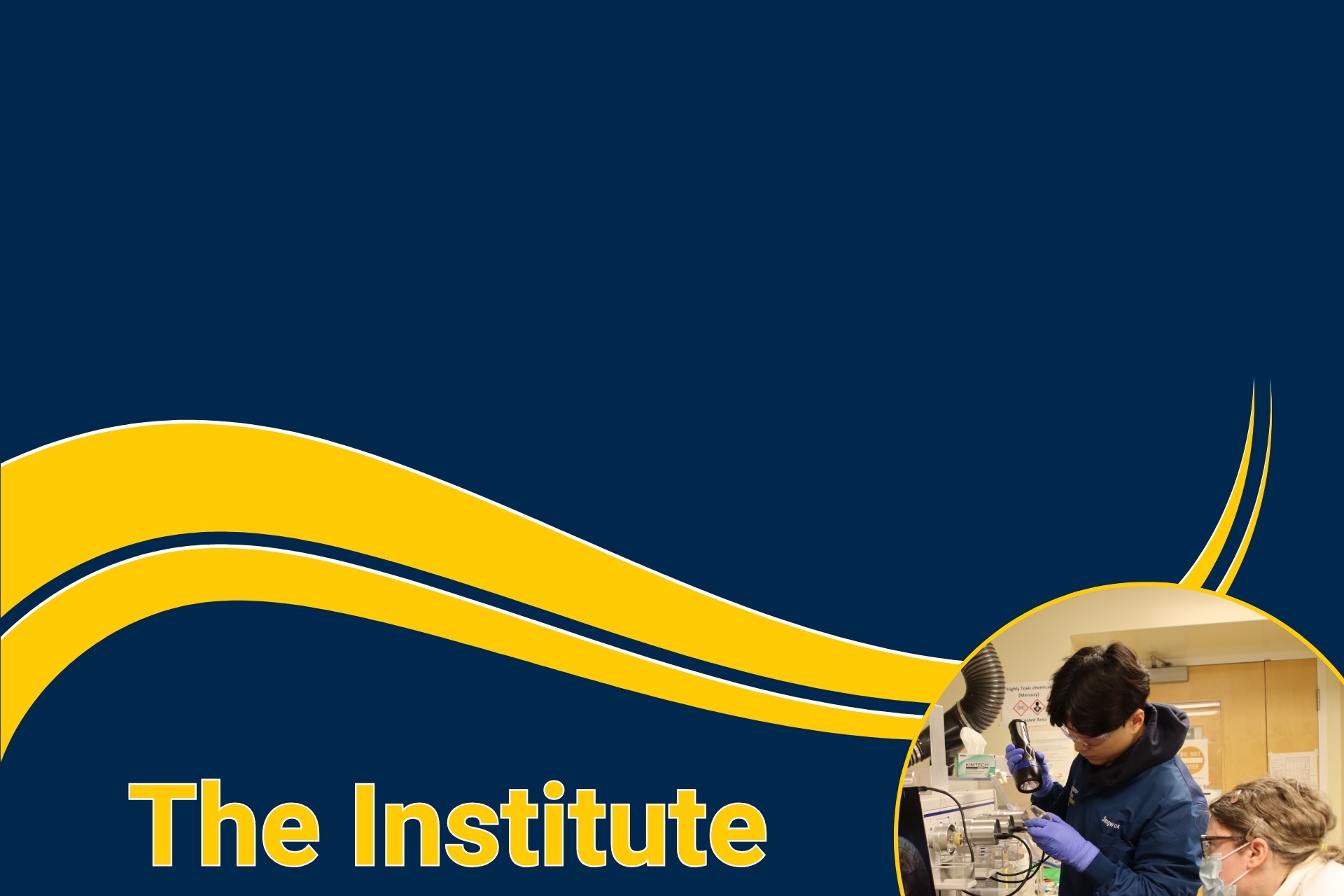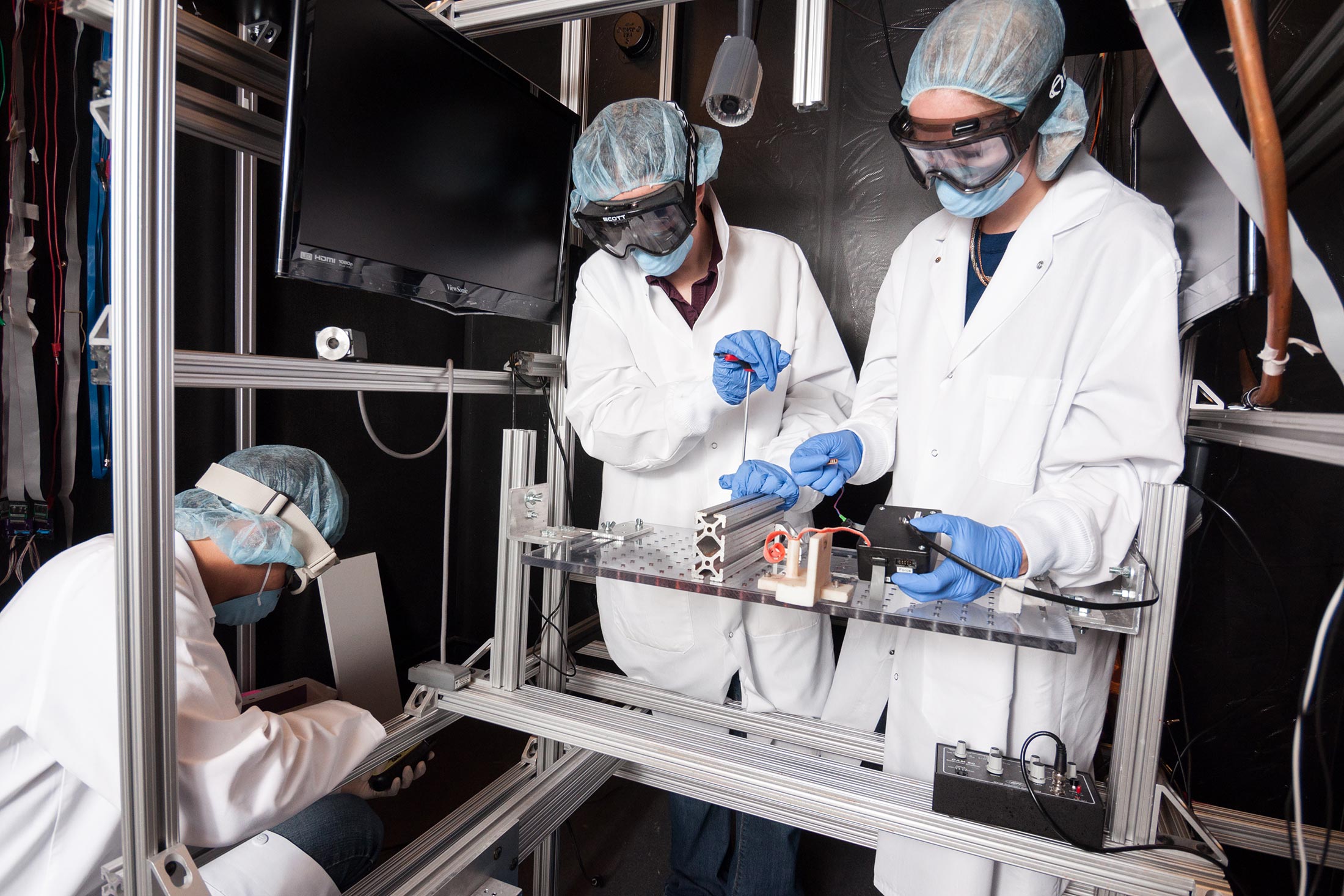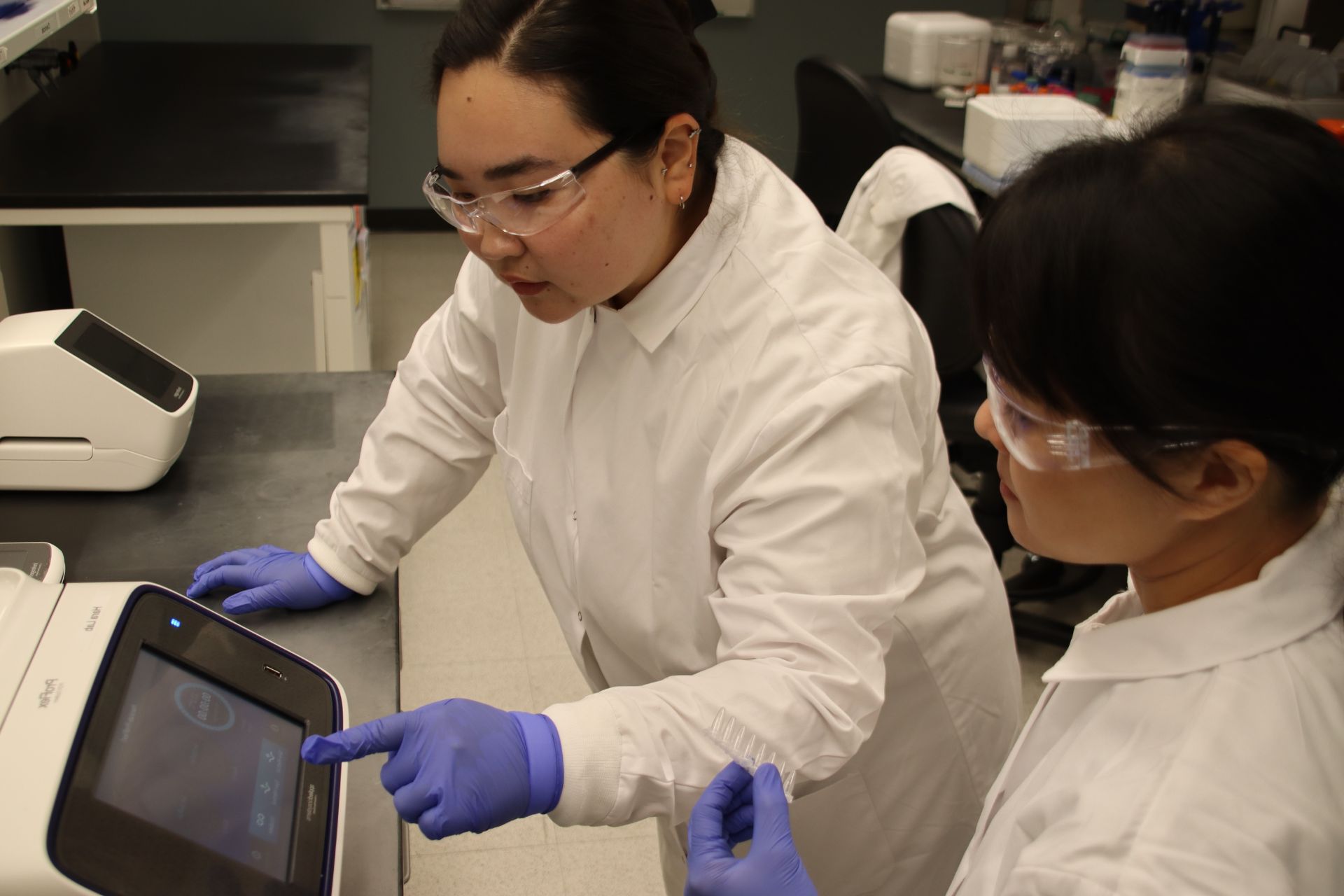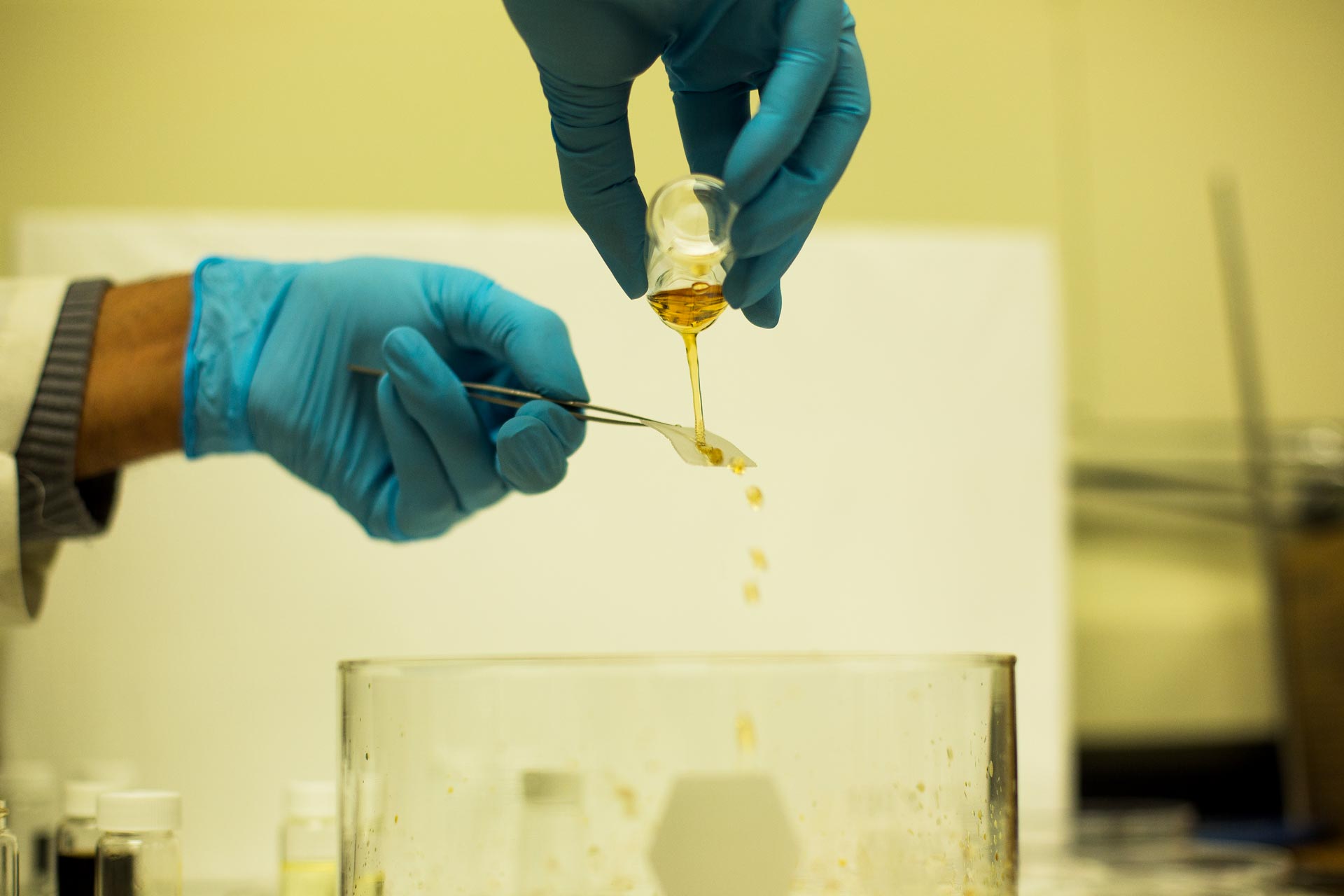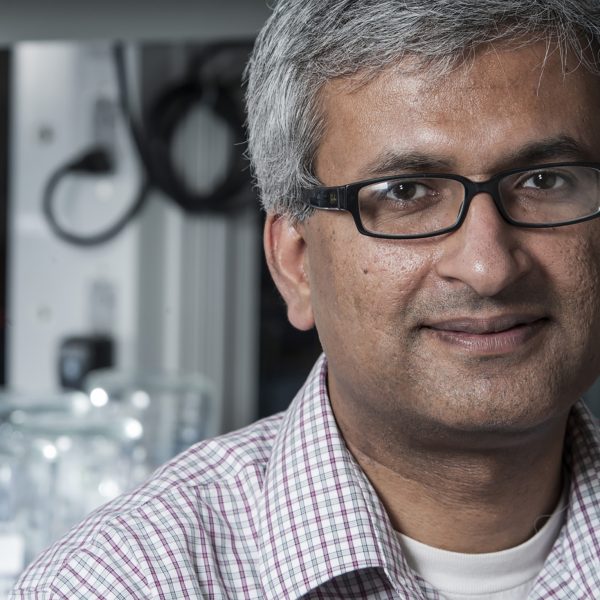Foster paradigm-shifting research to solve the biggest, most complex health challenges of our time.
In 2012, the University of Michigan set out to exponentially accelerate the discovery of new healthcare technologies by launching the Biointerfaces Institute (BI). Designed to promote continual collaboration between life and physical scientists, this unconventional research hub is creating a new kind of science landscape—a venue that encourages out-of- the-box thinking, drives innovation, accelerates the path from basic research to real-world health outcomes, and simultaneously serves as an ideal training site for the next generation of scientists and thought leaders.
Institute researchers are taking a close look at biointerfaces: the critical junctures between living cells and other surfaces, to develop new technologies for understanding, diagnosing and treating disease. Researchers are aided in their efforts by another, equally critical type of interface —daily, face-to- face interactions among researchers from diverse disciplines — to break through silos, spur collaborations, and drive innovation. Thirty research groups from twelve departments across the University of Michigan’s schools of Engineering, Dentistry, Medicine, and Pharmacy have been co-located into the Biointerfaces Institute’s footprint at UM’s North Campus Research Complex.
Working together under one roof, Institute researchers are advancing research in the following areas:
Create a barrier-free environment engineered for ongoing collaboration
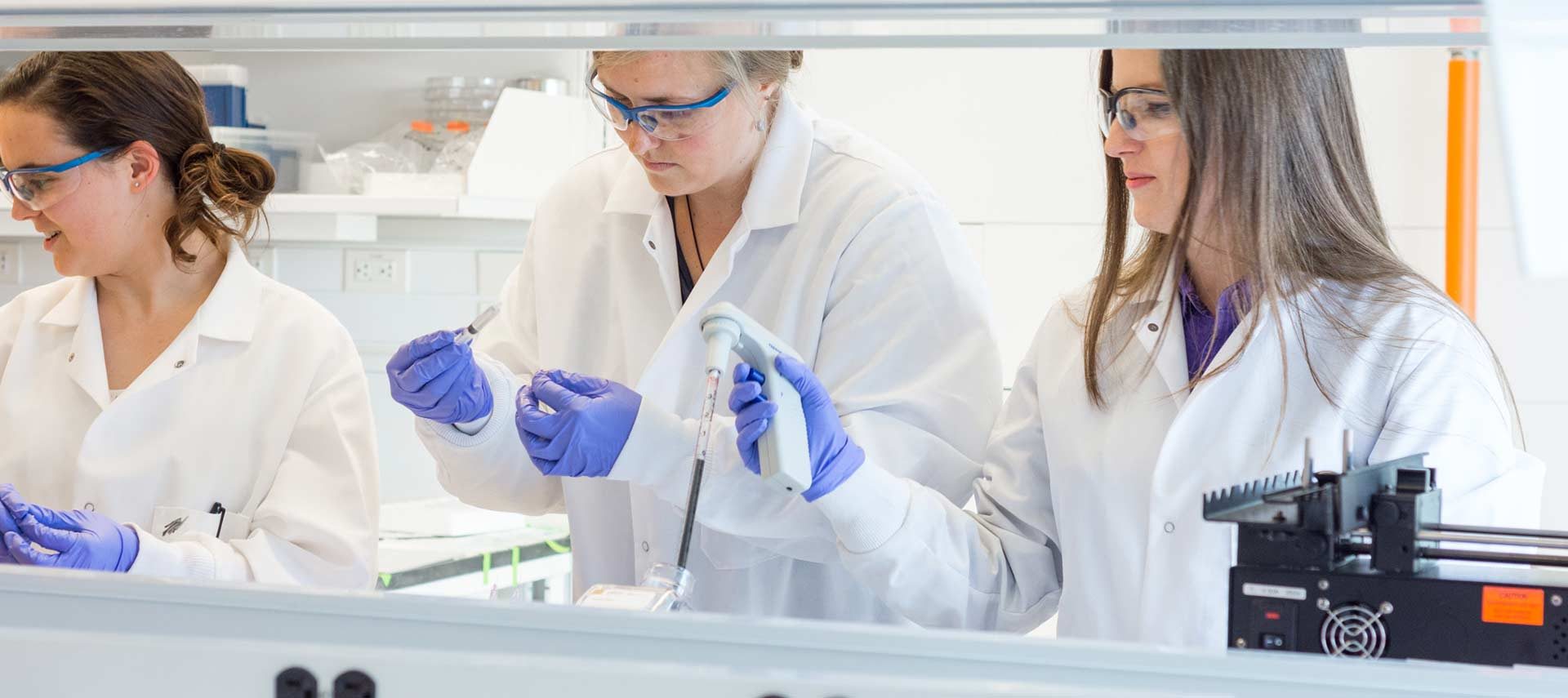
The Biointerfaces Institute pools UM’s strengths in these different scientific areas to focus on facilitating interactions between researchers who both ask great questions and solve tough problems. BI faculty have already translated new research findings into practical applications. Understanding that research collaborations are essential to advance biomedical research, the Biointerfaces Institute also provides space for visiting collaborators in its Integration Space. These state-of-the-art research laboratories offer university colleagues and corporate collaborators an opportunity to work side-by- side with BI researchers for up to a year, further advancing and accelerating bench to bedside results.
BI research scientists are collocated in a facility that spans over 56,000 square feet of dedicated space at the North Campus Research Complex. We operate on the premise that great minds deserve great resources. Accordingly, our state-of-the-art collaboratory features:
- Superbly equipped research facilities, including shared office spaces, wet labs, and equipment designed to promote interaction and spur new ideas
- A configurable, 1,500 square foot Integration Space where BI researchers and their academic and industry partners can catalyze intellectual energy and accelerate bench-to-bedside results
- Stand-alone research centers, including a 950-square foot Nanotechnicum; Optical Image and Analysis Lab; Single-Cell Lab; and Visualization Lab
BI Impact
BI researchers are active contributors to the university’s research mission: engaging in scientific discovery and entrepreneurship across the institute and the entire campus. At BI, we are making scholarly impact and technological strides, while training the next generation of biomedical engineers.
